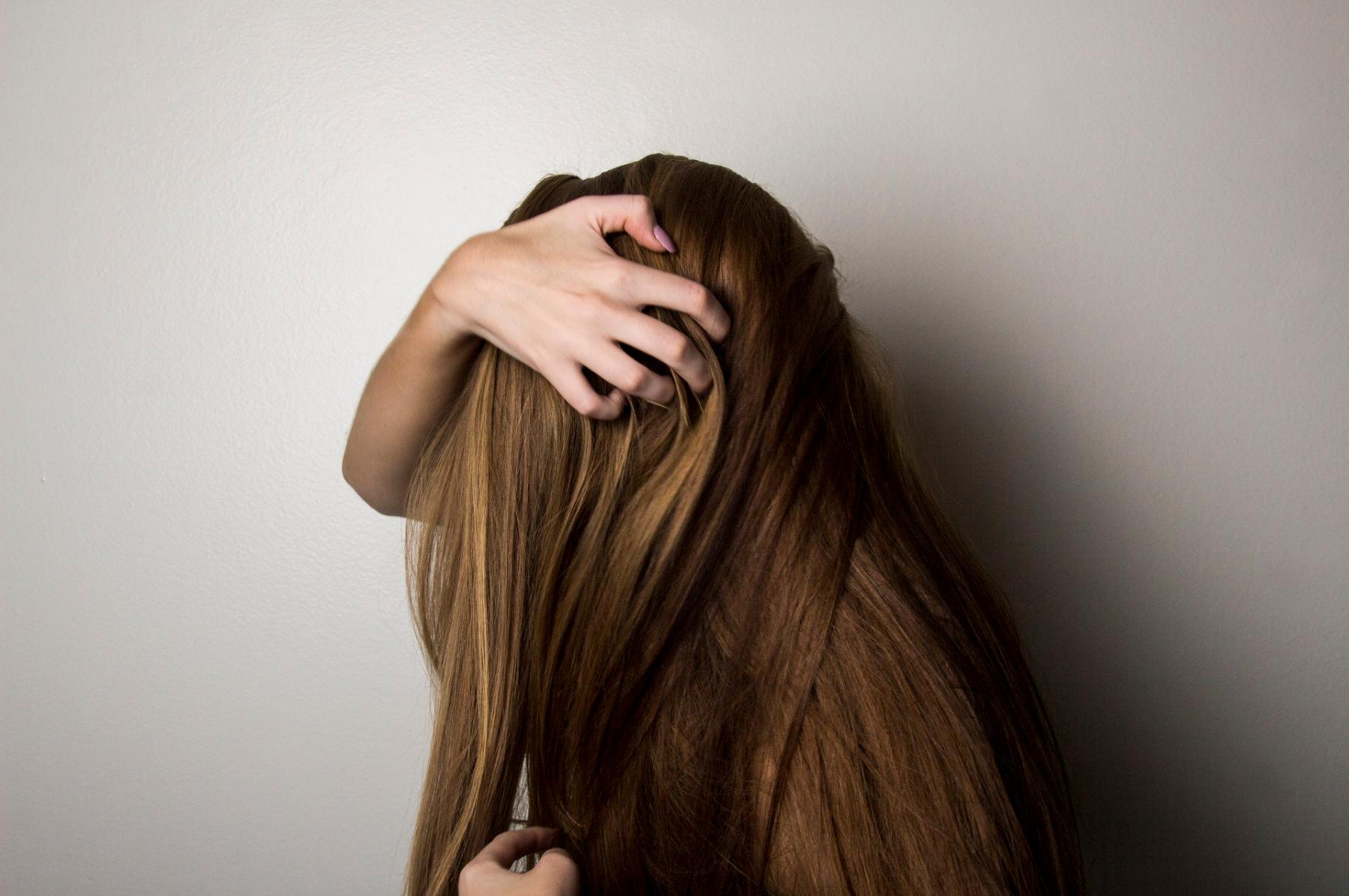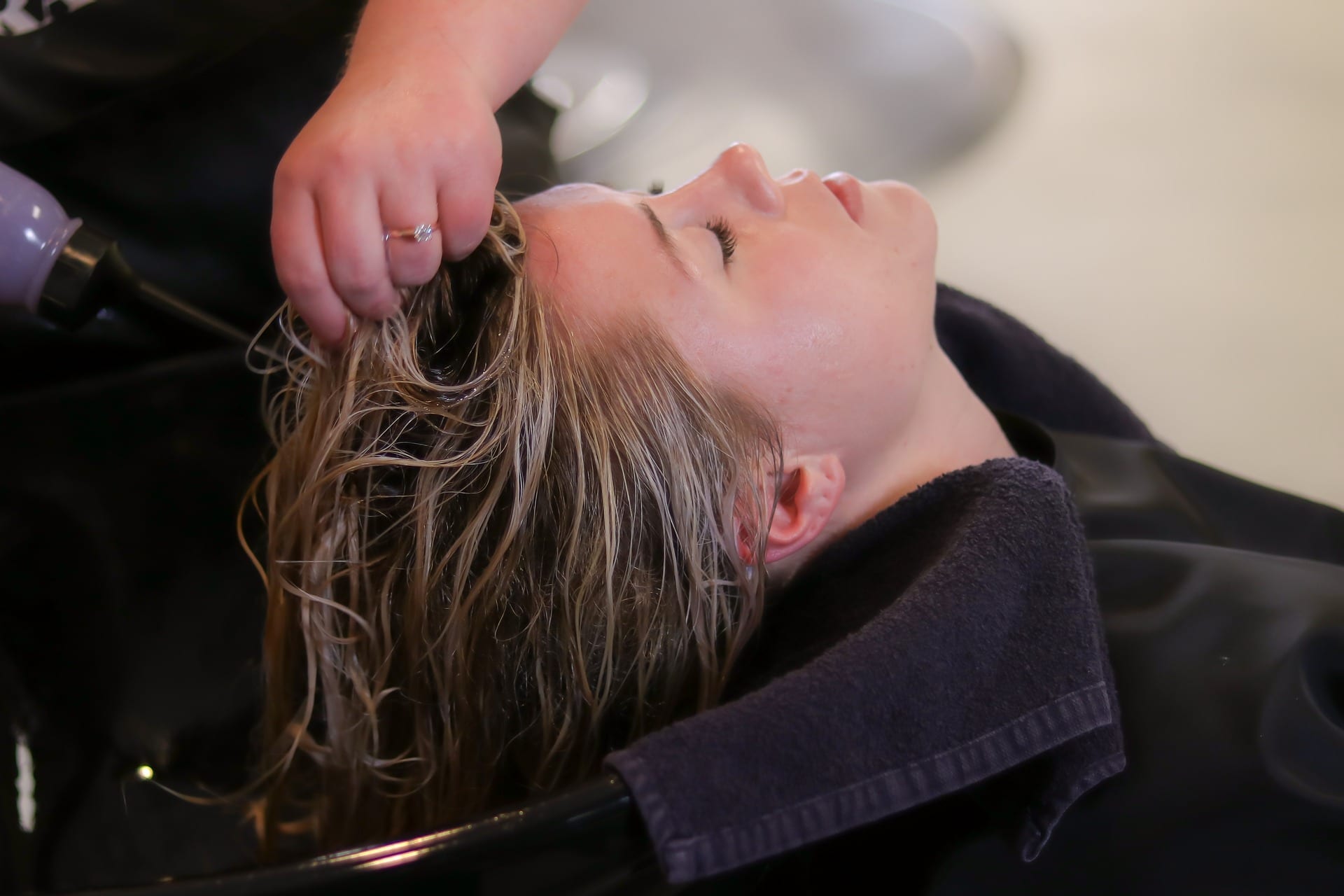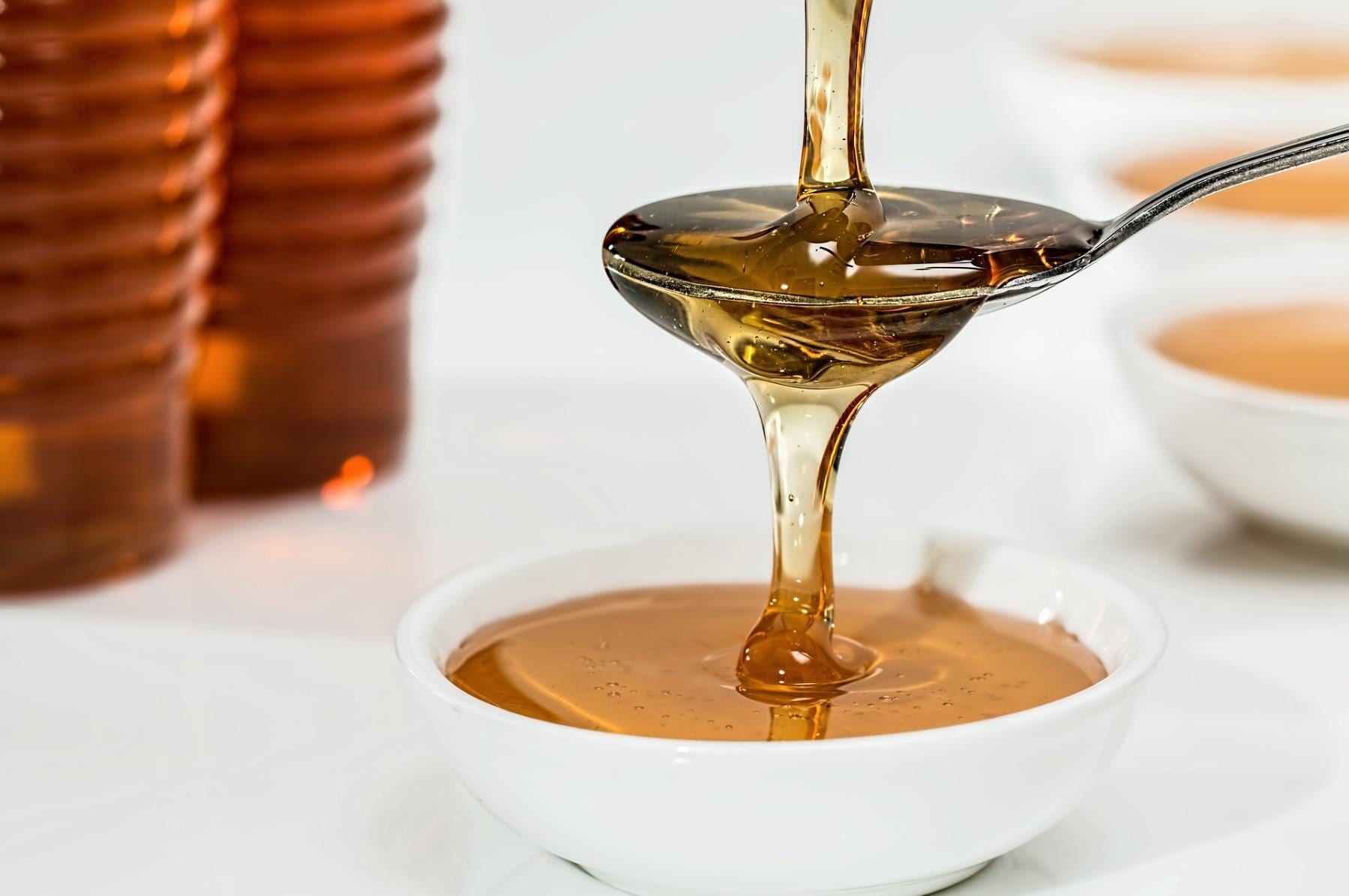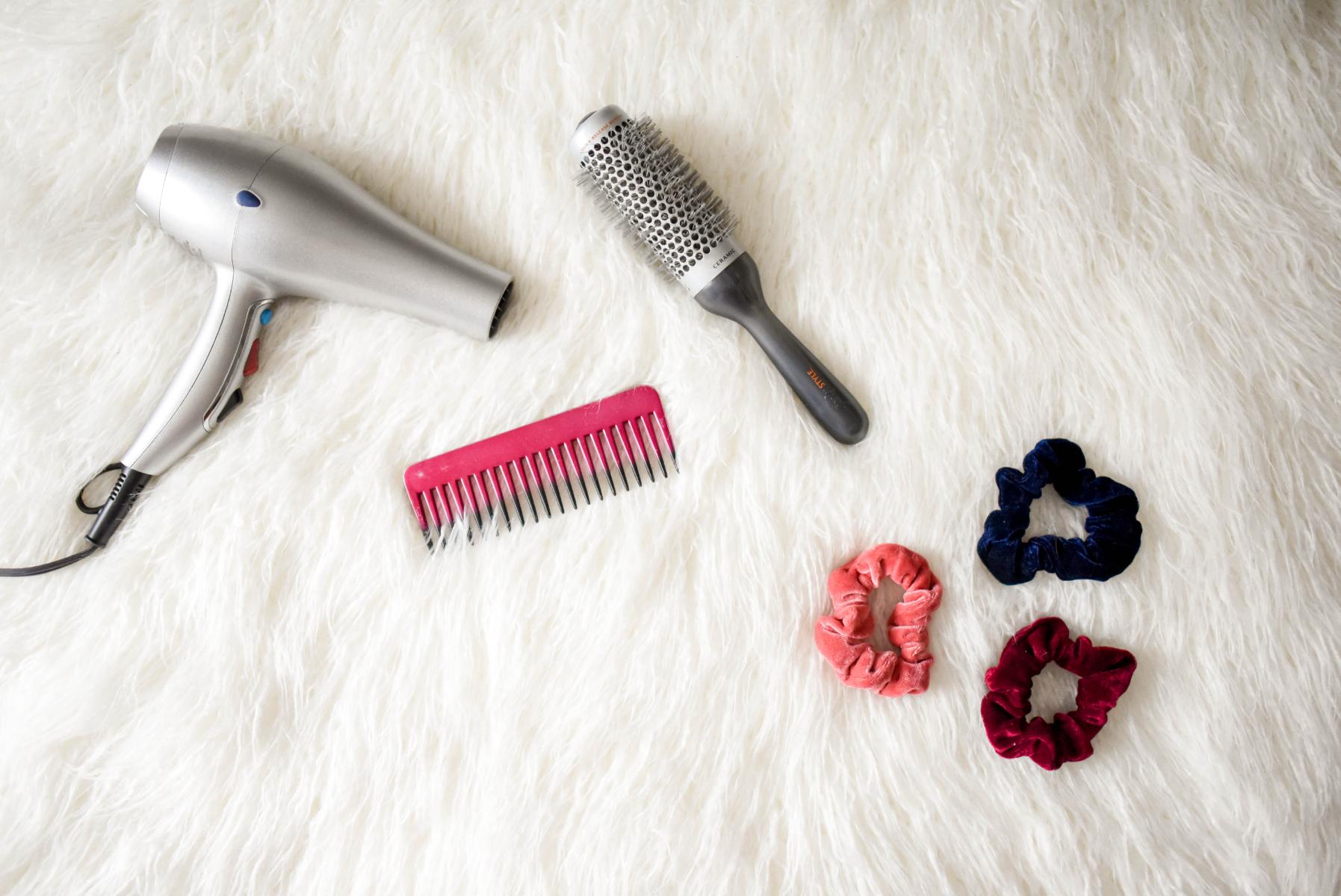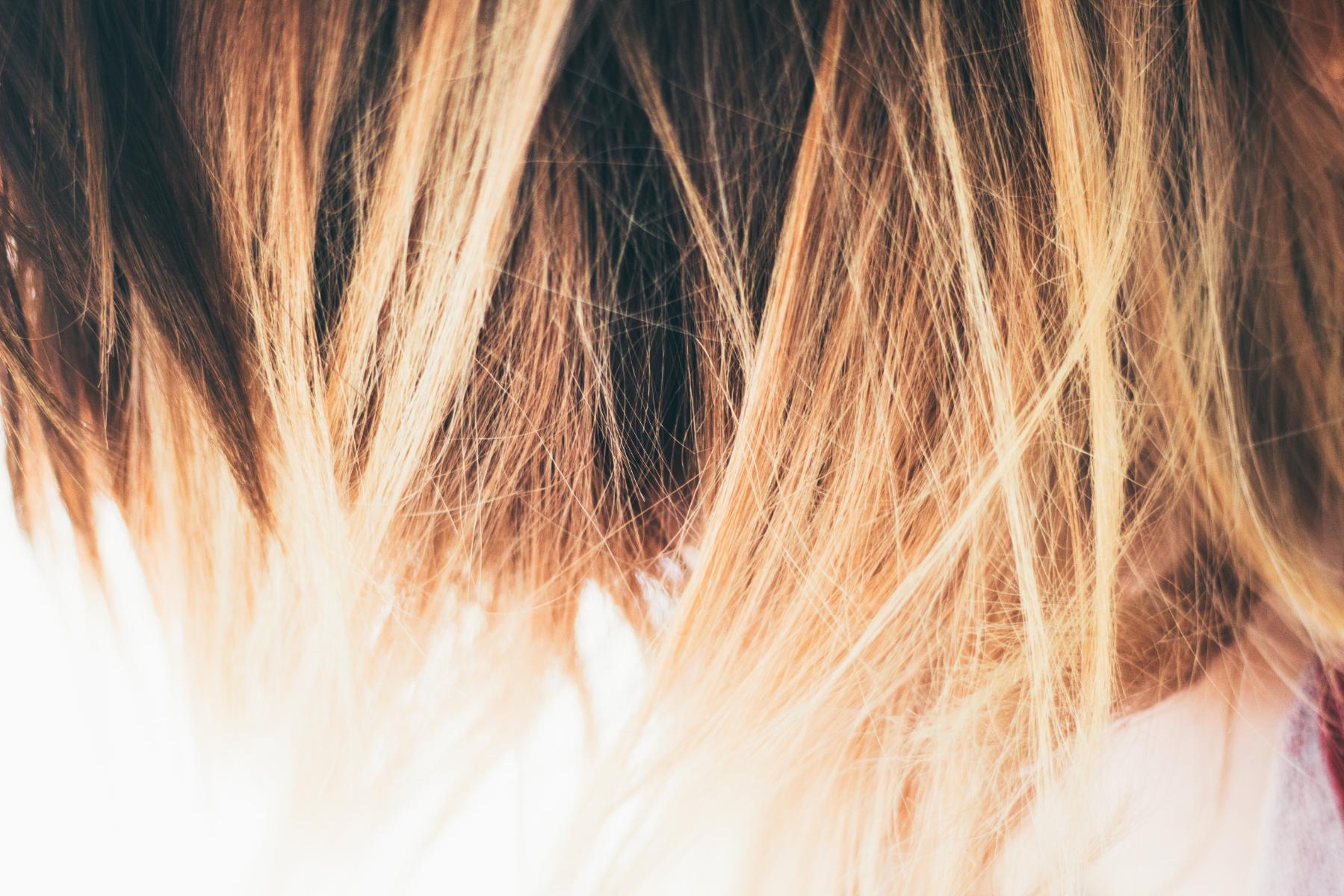Self-care is an important part of our health, both physical and mental. And when it comes to self-care, a bit of pampering goes a long way. But don’t only focus on your skin and nails; pay extra mind to your hair, too — an area many of us tend to overlook.
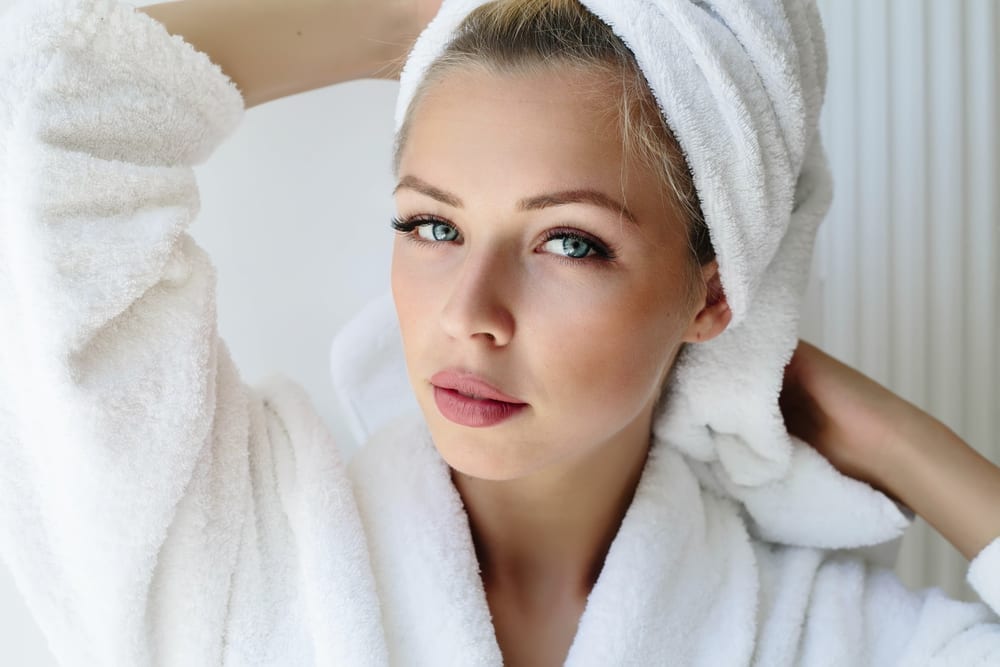
Like our skin, our hair goes through a lot on a day-to-day basis to make it dry and damaged. Add in monthly color or dye treatments, and it’s no wonder you’re worried about split ends! Occasionally, it’s a good idea to amplify your beauty routine to give your hair some extra TLC. That’s where hair masks come in.
What Do Hair Masks Actually Do?
Generally, hair masks replenish and rejuvenate dull strands. They provide nourishment and are ideal for when your hair has gone through the wringer. Hair masks are also popular for those looking to strengthen their strands and expedite hair growth.

Different ingredients and combinations serve various purposes, depending on your specific needs.
What Ingredients Are Used?
Hair masks come in a wide range of options from high-end, luxury brands to drugstore products to do-it-yourself ones. A simple internet search yields thousands of results. But, one of the best things about hair masks is you can easily make them at home with products you likely already have. For example:
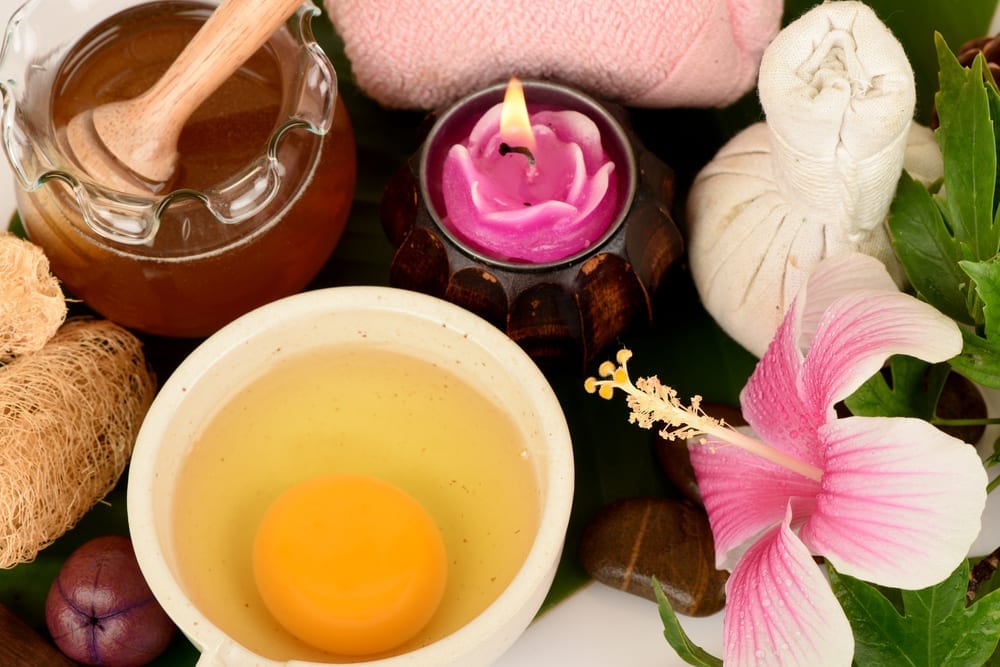
Select ingredients from each of the following categories:
- Base (1): milk, coconut oil, apple cider vinegar, olive oil
- Fillers (2): baking soda, avocado, bananas, mayo, almond oil, lemon
- Strengthener (1): eggs, honey, yogurt
Of course, the ingredients you choose will depend on what you are looking for in a hair mask. For example, if you’re looking to moisturize your hair, yogurt and olive oil should be part of the mix. If you’re looking to clarify it, swap the yogurt for lemon juice.
How Do I Do A Hair Mask?
Some products, especially commercial ones, call for specific instructions. Always check the label for how long to leave the mask on for and any other directions.
After you wash your hair, towel it dry and comb it into sections. Apply the mask working your way from top to bottom. Depending on the type of mask you’re using — and ingredients involved — things may get a little messy. To err on the safe side, wear an old t-shirt or towel.

Massage the mixture into your scalp and work your way down. Apply any extra to the ends of your hair, as this is usually where it is the driest and most needed. To guarantee even distribution, use a wide-tooth comb to brush through your hair once.
Let the mask sit while you do other things in the shower, like shave or apply a face mask. Once the appropriate time passes, typically between 15 and 30 minutes, rinse and condition as usual.
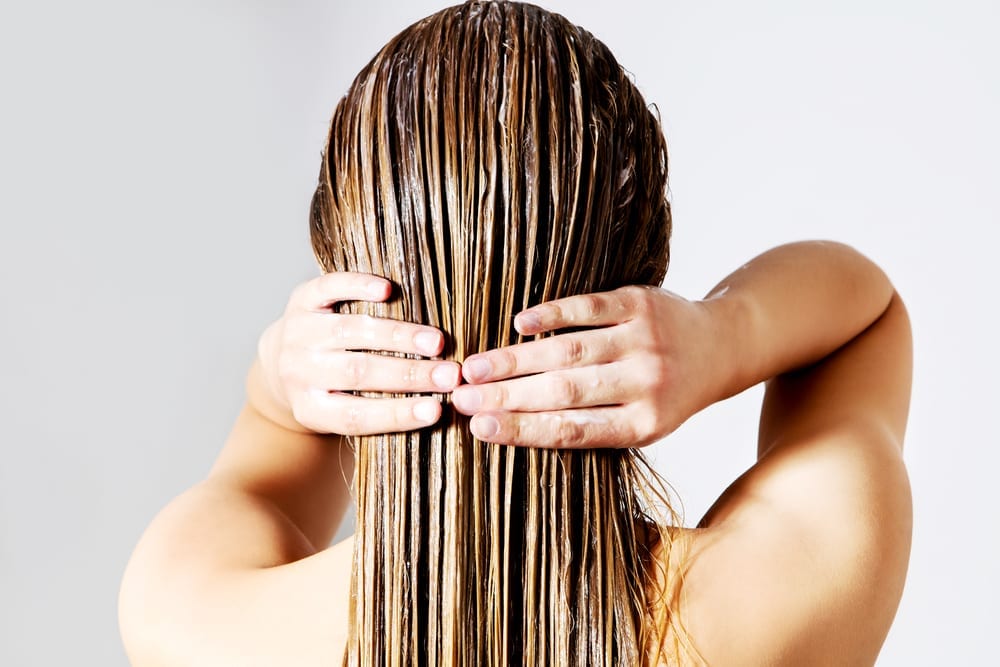 It may take some experimentation to find a hair mask concoction that works best for you; but once you do, your hair will thank you!
It may take some experimentation to find a hair mask concoction that works best for you; but once you do, your hair will thank you!

